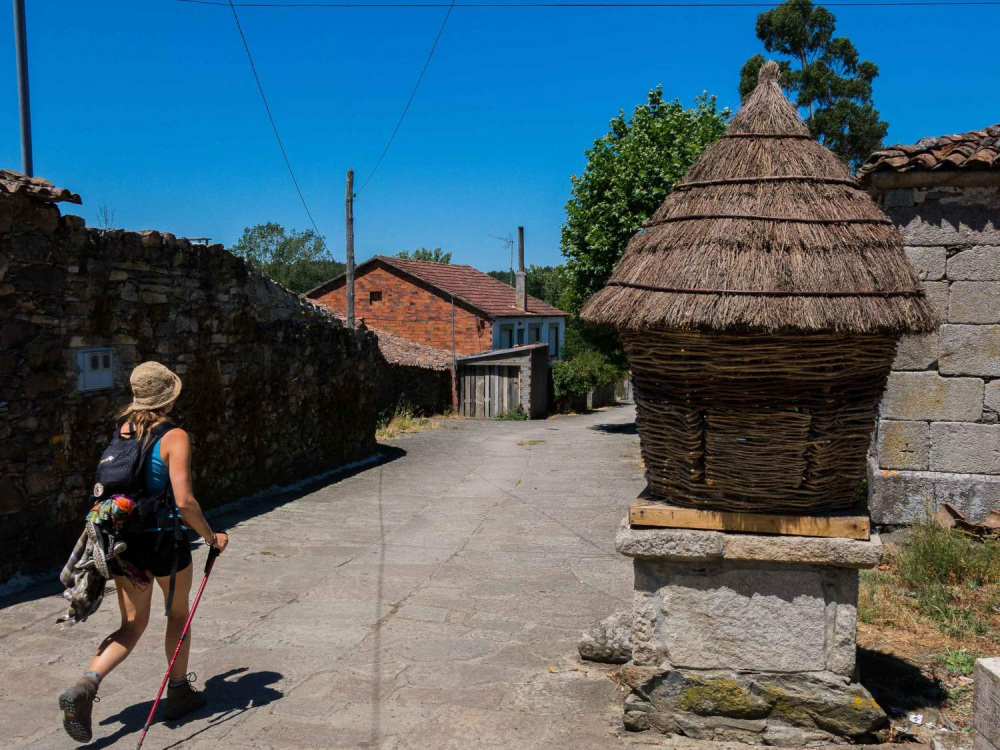
50 Fine Dining Restaurants in Japan - Reservation Only!
Introducing 52 top restaurants in Japan that offer a unique dining experience, including Michelin star awarded restaurants.
There’s never been a better time to lace up your boots and hit the trails in Japan. In 2025, hiking is booming—and it’s easy to see why. With more people craving fresh air, quiet paths, and a break from the concrete jungle, Japan’s mix of natural beauty and cultural depth is calling hikers from all over the world. Whether you're after misty forests, sacred mountains, or just a good leg burn with a view, Japan’s trails deliver.
And here’s the best part? This surge in hiking isn’t just good for your soul—it’s helping the planet and powering local communities, too.
The Japan Tourism Agency has reported a sharp rise in visits to national parks, nature reserves, and historic pilgrimage routes. In response, local and national authorities have rolled out initiatives to support low-impact travel: eco-guided tours, improved signage, and trailhead access via public transport. Many of these tours also include lessons on local wildlife, conservation, and the cultural heritage of the areas hikers are passing through.
Japan’s approach isn’t just about enjoying the outdoors—it’s about preserving it. Hiking has become a gateway to more responsible tourism, where visitors leave a lighter footprint and gain a richer, more meaningful travel experience. Below are some great spots to get your hike started!

Over the past thousand years, everyone from emperors to farmers has walked these quiet forest paths, heading deep into the Kii Mountains toward the sacred Kumano Sanzan—the grand trio of Shinto shrines. Today, hikers can still follow in those footsteps on the Kumano Kodo, a network of ancient pilgrimage routes that weave through misty forests, bamboo groves, and remote mountain villages.
There are seven official routes, but the Nakahechi route is the most popular, known for its scenic beauty and accessibility. If you're after something more rugged and remote, the Kohechi or the Yoshino & Omine routes are steep, wild, and not for the faint-hearted—especially the latter, which was once reserved for mountain ascetics and is still recommended only for experienced hikers.
Whether you're walking a short stretch or tackling a multi-day journey, the Kumano Kodo blends nature, culture, and a quiet kind of magic. It’s also one of only two pilgrimage routes in the world recognised as a UNESCO World Heritage Site, alongside Spain’s Camino de Santiago.
Website: https://visitwakayama.jp/en/stories/kumano_kodo
If you’re craving alpine air and epic views—but not the tourist crowds—Mount Daisen is your new favourite peak. Standing at 1,729 metres, it's the highest mountain in the Chūgoku region and often nicknamed the “Mt. Fuji of the West” for its striking cone shape. But unlike Fuji, Daisen offers a more laid-back hiking experience that still delivers jaw-dropping scenery.
The most common trail starts at Daisen-ji Temple, winding through forests of beech and cedar before opening up to panoramic vistas at the summit. On a clear day, you’ll be rewarded with views stretching all the way to the Sea of Japan. Spring brings wildflowers, autumn blazes with colour, and winter dusts the peak with snow—so there’s never a bad time to go.
Because it’s less commercialised, Mount Daisen attracts hikers who want nature without the fuss. And if you're up for a full nature escape, the surrounding Daisen-Oki National Park offers other outdoor activities like cycling, forest walks, and stargazing.
Website: https://www.tottori-tour.jp/en/sightseeing/844/

If you love your hikes with a side of shrines and waterfalls, Nikko National Park is your spot. Just a couple of hours from Tokyo, it’s one of Japan’s most diverse hiking areas, combining volcanic lakes, dense forests, hot springs, and UNESCO-listed cultural sites—all in one place.
You can spend the morning hiking around Lake Chuzenji, climb up to Mount Nantai, or explore the lush trails around Ryuzu Falls and Senjogahara Marshland. Autumn is especially stunning here—think golden leaves, crisp mountain air, and the sound of rustling foliage underfoot.
But it’s not just the scenery. Nikko is home to the Toshogu Shrine, a masterpiece of architecture set in the forest and dedicated to Tokugawa Ieyasu, founder of the Tokugawa shogunate. It’s the kind of place where nature and culture aren’t side-by-side—they’re completely intertwined.
website: https://www.japan.travel/national-parks/parks/nikko/explore/
This hiking boom isn’t just about great photos and fresh air—it’s helping real people in real places. As hikers flock to these regions, they're staying in family-run inns, eating locally grown food, and picking up handmade souvenirs. That means more support for small businesses and more reason for younger locals to stick around or come back home.
So when you hike in Japan, you’re not just having an adventure—you’re part of something bigger: a shift toward travel that gives back.
How Call Butler Can Help Want to experience Japan’s hiking trails without the stress of planning? Call Butler can organize your trail itinerary, locate eco-lodges, and provide guidance on local transport. We also offer real-time language support and emergency help during your hike. From gear rentals to trail permits, our on-demand concierge ensures your adventure is smooth and sustainable.

Introducing 52 top restaurants in Japan that offer a unique dining experience, including Michelin star awarded restaurants.
Tokyo’s vibrant food scene is famous worldwide, and it’s not just for its sushi or ramen. The city is home to an incredible range of vegetarian and vegan restaurants that …
Japan is renowned for its incredible food scene, offering everything from succulent yakiniku to the ever-popular ramen. There's truly something for everyone to enjoy. However, navigating Japanese cuisine can be …